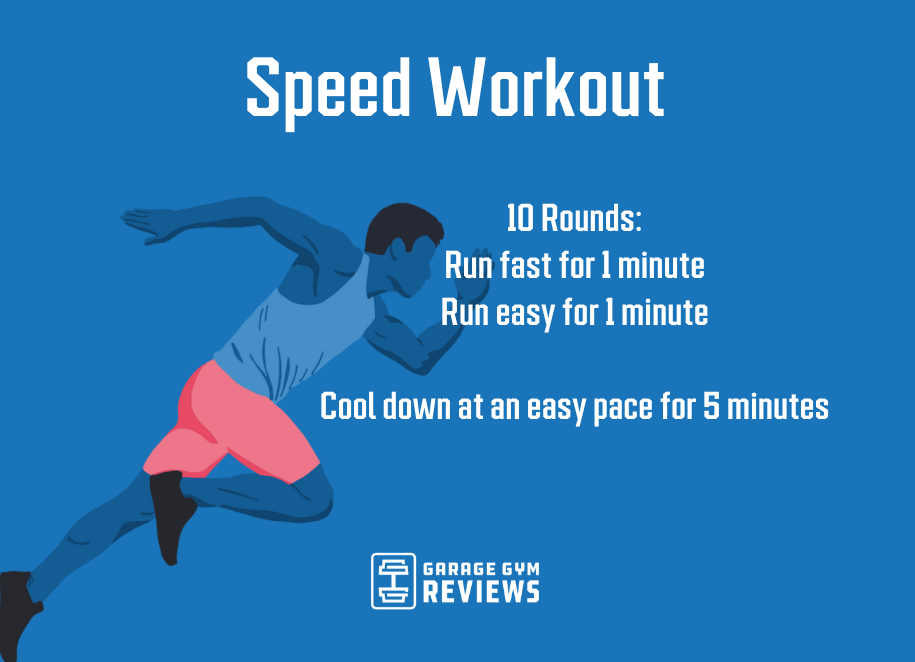Managing Typical Running Discomforts: Reasons, Solutions, and Avoidance
As joggers, we often run into numerous discomforts that can prevent our performance and enjoyment of this physical activity. By exploring the root factors for these operating pains, we can uncover targeted options and preventative measures to make sure a smoother and much more fulfilling running experience.
Common Running Pain: Shin Splints
Shin splints, a common running discomfort, usually result from overuse or improper footwear throughout physical activity. This problem, medically called median tibial anxiety disorder, shows up as discomfort along the internal side of the shinbone (shin) and prevails among professional athletes and runners. The repetitive stress on the shinbone and the tissues attaching the muscles to the bone leads to swelling and pain. Runners who swiftly increase the strength or duration of their exercises, or those who have flat feet or incorrect running techniques, are especially at risk to shin splints.
To stop shin splints, people ought to gradually raise the intensity of their exercises, wear ideal footwear with correct arch support, and keep versatility and strength in the muscles bordering the shin. If shin splints do occur, preliminary therapy entails rest, ice, compression, and elevation (RICE) Furthermore, including low-impact tasks like swimming or cycling can assist keep cardiovascular physical fitness while enabling the shins to recover. Relentless or severe situations may need clinical evaluation and physical therapy for efficient administration.
Typical Running Pain: IT Band Syndrome
Along with shin splints, another prevalent running pain that professional athletes often encounter is IT Band Syndrome, a problem triggered by swelling of the iliotibial band that leaves the outer thigh and knee. IT Band Syndrome typically manifests as discomfort outside of the knee, particularly during activities like running or biking. The iliotibial band is a thick band of fascia that attaches the hip to the shin, and when it ends up being inflamed or limited, it can scrub against the upper leg bone, bring about pain and discomfort.
Joggers experiencing IT Band Disorder may observe a stinging or hurting sensation on the external knee, which can aggravate with ongoing activity. Aspects such as overuse, muscle imbalances, inappropriate running kind, or inadequate warm-up can add to the development of this condition.
Usual Running Pain: Plantar Fasciitis

Plantar Fasciitis can be credited to numerous factors such as overtraining, improper footwear, running on hard surfaces, or having high arches or flat feet. To stop and minimize Plantar Fasciitis, joggers can incorporate stretching workouts for the calf bones and plantar fascia, put on encouraging shoes, keep a healthy and balanced weight to lower pressure on the feet, and progressively raise running strength to stay clear of abrupt stress and anxiety on the plantar fascia. If signs and symptoms linger, it is advised to get in touch with a medical care specialist for appropriate medical diagnosis and therapy alternatives to deal with the condition efficiently.
Common Running Discomfort: Jogger's Knee
After attending to the difficulties of Plantar Fasciitis, an additional common concern that joggers typically encounter is Runner's Knee, a typical running discomfort that can prevent sports performance and trigger pain throughout physical activity. Runner's Knee, likewise recognized as patellofemoral discomfort syndrome, materializes as pain around or behind the kneecap. Runners experiencing this discomfort might really feel a dull, aching pain while running, going up or down staircases, or after long term periods of sitting.
Typical Running Discomfort: Achilles Tendonitis
Frequently afflicting runners, Achilles Tendonitis is an uncomfortable problem that affects the Achilles tendon, causing discomfort and prospective constraints in physical activity. The Achilles tendon is a more thick band of tissue that links the calf bone muscular tissues to the heel bone, crucial for activities like running, jumping, and strolling - useful info. Achilles Tendonitis commonly creates due to overuse, incorrect shoes, poor extending, or sudden increases in physical activity
Symptoms of Achilles Tendonitis consist of discomfort and rigidity along the tendon, especially in the early morning or after durations of lack of exercise, swelling that gets worse with task, and possibly bone spurs in chronic instances. To protect against Achilles Tendonitis, it is important to extend properly previously and after running, put on proper shoes with proper assistance, slowly enhance the strength of exercise, and cross-train to lower recurring anxiety on the ligament.
Final Thought
